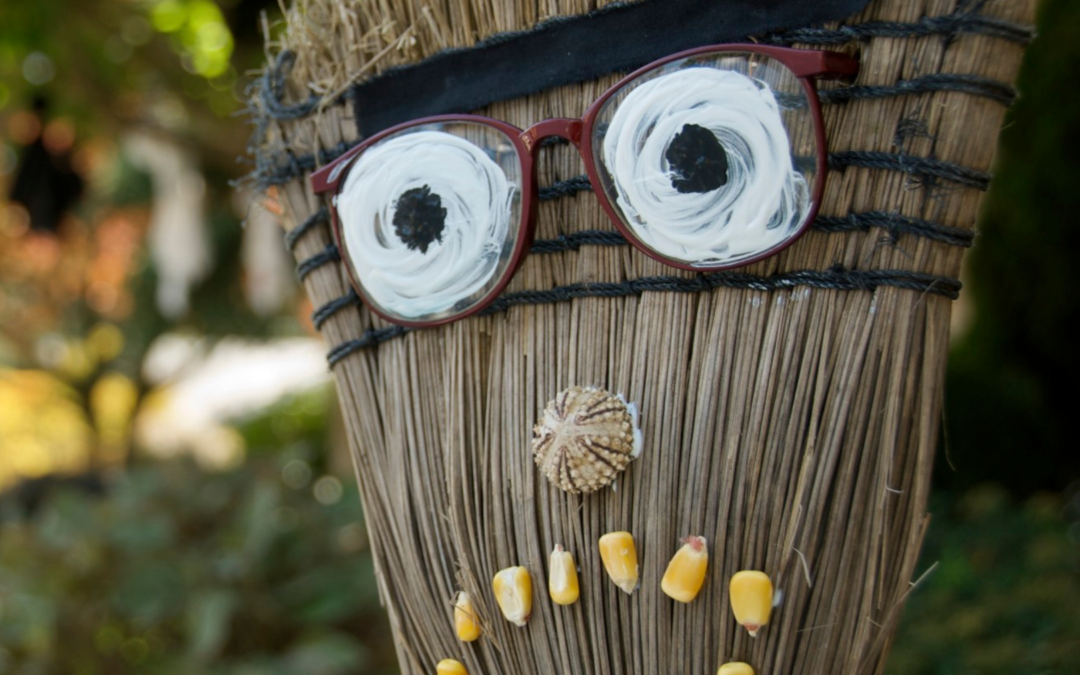Sometimes with a new season comes a good seasonal clean up. The kind that will have you pulling your couch out and collecting your dust bunnies. Or maybe throwing your summer clothes in a pile and hiding them at the back of the closet. In the garden, fall is a great time for replacing the old with the new. In this article we’re going to go over a checklist to help you transition your garden from summer to fall.
September Checklist
Before we look at what needs to be done in October, let’s make sure we’re caught up with our September to-do’s. Here is a quick checklist for you to make sure that your garden is ready to take on October.
| If you have a pond, be sure to net your ponds now to prevent the accumulation of falling leaves. | |
| Lift all your onions, dry and store. | |
| Stop watering your late-storing potatoes. | |
| Sow new lawns when the day temperatures aren’t so hot. Feed soil with turf starter beforehand. | |
| Plan for next spring, by mapping out your fall bulb placement. | |
| Consider implementing cool weather crops into your garden, like winter greens. |
October Checklist
No two gardens are alike. Which means you’re welcome to pick and choose what applies to you when it comes to transitioning your garden from summer to fall. One thing is for sure, October is one of the best planting seasons. If you aren’t planning on planting anything new in October, you’re missing out! October is the best time for a veggie garden and fall bulbs! Keeping you fed and your spring garden ahead of its game! Let’s see what else we can do for our gardens this October.
| Remove pond netting and clean the bottom of the pond after the leaves have fallen. | |
| Prune out all dead, diseased, and dying branches and leaves off shrubs and trees. | |
| The best selection of fall bulbs is available now. Wildwood Outdoor Living has the largest selection around, online and in-store! Be sure to plan out your garden ahead of your visit to make sure you have the right growing conditions for your bulb choices. | |
| Lower the blade on your lawn mower to keep grass cut shorter for fall. Keeping your lawn shorter in fall will prevent fungus like snow mold from forming in the spring. | |
| Start taking fuchsias and geranium cuttings. This will allow your plants to become dormant during the winter, saving their energy for Spring. | |
| Apply dolomite lime to prevent the soil from becoming too acid over the winter months. If the PH level is too high, your grass won’t be able to absorb nutrients properly. | |
| Begin storing onions, carrots, and beets in dry peat moss or “Beats Peat” to absorb excess moisture and keep them well insulated. This will also prevent small rodents like mice from getting to them. | |
| Plant fall bulbs and fall perennials now, for beautiful spring blooms! | |
| Use gypsum lime and organic compost in heavy clay areas to change into workable soil. | |
| Apply Fall & Winter lawn fertilizer 6-10-20. For the best results, be sure to apply your fertilizer earlier in the month, between October 1st-15th. |
Depending on what you get done, you might have the rest of October to relax and watch the colors change. Or take your gardening inside with an herb garden or houseplants. Who could forget the beautiful fall décor that October brings! With what you’ve grown this year, you might be able to create something special like a fall wreath, pressed flowers, or decorated pumpkins. Whatever you’re into, fall is a great time to be a gardener with lots to do! Need help? Check out our new segment Get Up and Grow on Chek News, where our president Gord Nickel teaches Jasmine Bala something new each week.
Have a question? Let us know at info@wildwoodoutdoorliving.com.
Sign up here for more blogs dedicated to better gardening


